How to Use ChatGPT to Generate B2B Blog Content

AI research laboratory OpenAI’s latest chatbot, ChatGPT, raced out of the starting blocks at the end of 2022 to inspire all sorts of talk about a new era of automation.
Building on OpenAI’s previous GPT language models, ChatGPT has impressed with its versatility, including its ability to emulate Linux systems, answer complex questions and even write computer programs. Not only that, but ChatGPT is seemingly adept at generating poetry, essays, and even blogs.
Today, we’ll discuss how to use ChatGPT to create B2B blogs—but to get the most out of the software, it’s first necessary to ensure we understand exactly what ChatGPT is and isn’t.
What is ChatGPT?
Rather than beat about the bush, let’s ask ChatGPT what it thinks it is.
“I am a natural language processing (NLP) machine learning model trained to assist with a variety of tasks,” says ChatGPT. “My training data consists of a large dataset of texts, and I use this data to learn how to generate human-like responses to questions and prompts. I am able to understand and generate human language, but I do not have my own thoughts or feelings, and my responses are generated based on patterns in the data I was trained on.”
What differentiates ChatGPT most clearly from other chatbots is its ability to remember previous prompts in a conversation, using them as context to understand future prompts you provide. For instance, if we ask it to write a limerick about digital transformation, it does a passable job:
“There once was a company small
Whose digital transformation was a ball
They upgraded their tech
And their profits did fetch
Now they’re on top and
Standing tall!”
If I then ask it to turn it into a haiku, it will remember my initial request and its own output to create its (slightly unorthodox) response:
“Digital transformation
Tech upgrade, profits soar high
Company stands tall”
Strengths
The ability to automatically generate believably human language is potent, particularly when paired with its capacity to understand and respond to questions and prompts in a meaningful way. Taken together, these mean it can be guided to create seemingly meaningful content in any genre and about any topic.
The bot’s ability to provide simple answers to complex questions has led Microsoft to decide to integrate ChatGPT into its Bing search engine to help it compete with Google’s dominance. Indeed, ChatGPT’s ability to remember previous messages in the conversation even has some users treating it as a kind of therapist—for good or ill.
Limitations
Are we, then, on the cusp of artificial intelligences like ChatGPT or DALL-E taking the jobs of every coder, writer and artist on the planet? Perhaps not. OpenAI itself states that the software has several limitations, not least that it “sometimes writes plausible-sounding but incorrect or nonsensical answers.”
And as ChatGPT freely admitted when we questioned it earlier, its responses are based on patterns in the data it was trained on. Not only does that mean it has the potential to reduplicate any bias in its training material, but it also means it does not know anything outside of it.
There are also more technical limitations, like the fact that responses are limited in length to relatively bite-sized chunks, meaning longer pieces of content require asking a sequence of questions. 
Using ChatGPT to Generate Content
With these caveats in mind, it is still possible to use ChatGPT to generate content, provided you play to the technology’s strengths.
Ask the right questions
As the saying goes, garbage in, garbage out. Start with a clear goal in mind for your content. What do you want to achieve with it? Who is your target audience? Having a clear idea of your objectives will help ChatGPT create focused and compelling content.
It is entirely up to the user to provide ChatGPT with the guidance needed to generate the desired output. For example, if you want to use ChatGPT to generate a blog about a specific business topic, it is important to provide clear and concise prompts, so the tool understands exactly what you are asking.
Avoid vague and ambiguous language
If you simply ask ChatGPT to “write a blog post about x,” it generates content that lacks focus and direction. Instead, in your prompt, outline the main points you want it to cover and consider including relevant keywords and phrases to help ChatGPT understand the wider context of your request.
Establish context
To generate good responses, ChatGPT must understand the context and background of the topic. That information will likely exist in its training data for more popular topics, but for B2B topics it will probably need some help. Providing enough context and relevant information in your prompts will help ChatGPT generate more accurate and appropriate responses.
Because B2B content often requires a deep understanding of specific industries, technologies, and business concepts, if ChatGPT isn’t given the proper context it may generate content that is inaccurate or misleading – potentially damaging your reputation with your target audience. That’s particularly true if you are not an expert in the topic at hand and are unable to spot inaccuracies.
For example, suppose you want ChatGPT to write a blog post about the benefits of using a particular accounting application in the financial industry. In that case, you should provide information about the software’s specific features and functionality, as well as how it can be used to solve common problems and challenges faced by financial professionals.
By feeding ChatGPT the right context, you can take full advantage of its language processing capabilities to generate high-quality content that is accurate, relevant, and engaging for your B2B audience.
Enrich the raw output
Don’t expect perfect output from the get-go. As the earlier poems demonstrated, it’s best to think of ChatGPT as providing a base that can be edited and enriched. Human editors will also need to find a way to amalgamate the many smaller responses ChatGPT outputs seamlessly.
To ensure that ChatGPT’s output is accurate and relevant for your B2B audience, it is important to enrich its output by reviewing and editing the content it generates. This enrichment process may involve adding additional details or explanations, correcting factual errors, referencing appropriate sources, or restructuring the content to make it more coherent and engaging.
Taking the time to enrich ChatGPT’s output is also an opportunity to add your own expertise to the content, helping to make it more accurate and engaging for your readers. At the same time, injecting your voice, personality and tone will prevent the content from seeming flat and robotic. By taking the time to review and edit ChatGPT’s output, you can ensure that it meets the high standards of quality and relevance expected by a B2B audience.
Why You Still Need Human Intervention
Is it possible to use ChatGPT to generate B2B blog content? On a basic level, yes. But the technology can’t do it alone. A human hand is still required to steer the ship.
ChatGPT’s tendency to generalize means the content it creates can lack depth, particularly when it comes to industry pieces. Experts in the field, as readers of B2B blogs tend to be, will spot this lack of detail unless you step in to add it yourself.
On top of this, ChatGPT’s training data is also in need of an update. As it stands, it only knows of the world up to 2021, limiting its usefulness when writing about cutting-edge topics.
And as we mentioned previously, ChatGPT also sometimes confidently produces nonsensical answers that appear true at a glance. If you are not a specialist in the subject, it can be impossible to tell the difference between truth and lie without validating it—meaning you must fact check all content if you want to be certain it is correct.
As it exists today, ChatGPT is very far from a one-stop solution for creating B2B blogs. If you want to make the most of this new technology, it’s better to think of it as another tool in the writer’s arsenal rather than a stand-alone writer replacement.

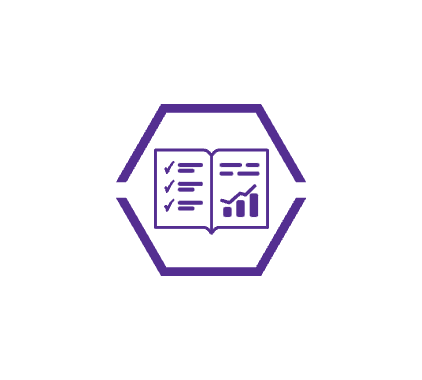 Content Marketing
Content Marketing Messaging and Positioning Accelerator
Messaging and Positioning Accelerator Guest Expert Speaker
Guest Expert Speaker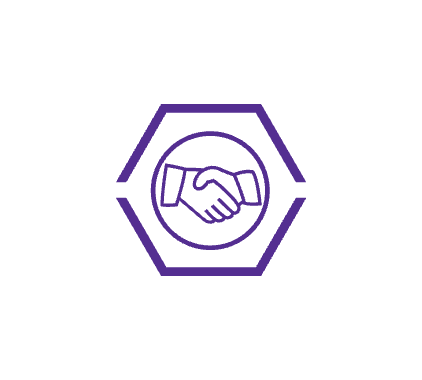 Reviews and Testimonials
Reviews and Testimonials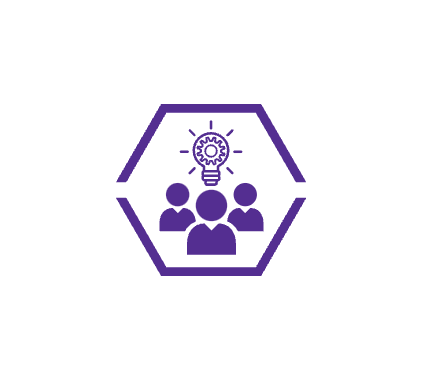 Success Stories
Success Stories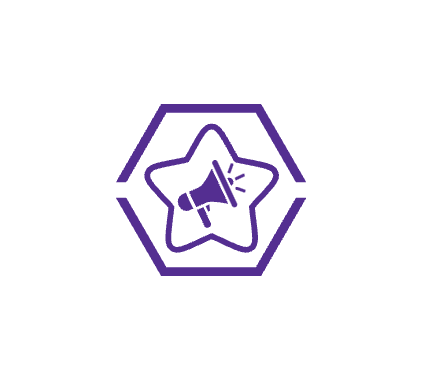 News, Awards & Recognition
News, Awards & Recognition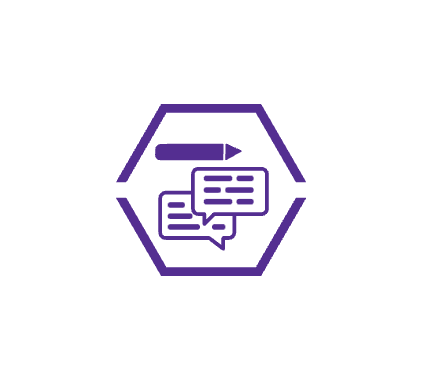 Blog
Blog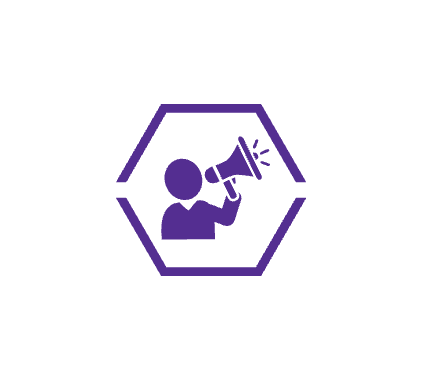 Podcast
Podcast